Home>Garden Essentials>How Many Potatoes Per Seed Potato
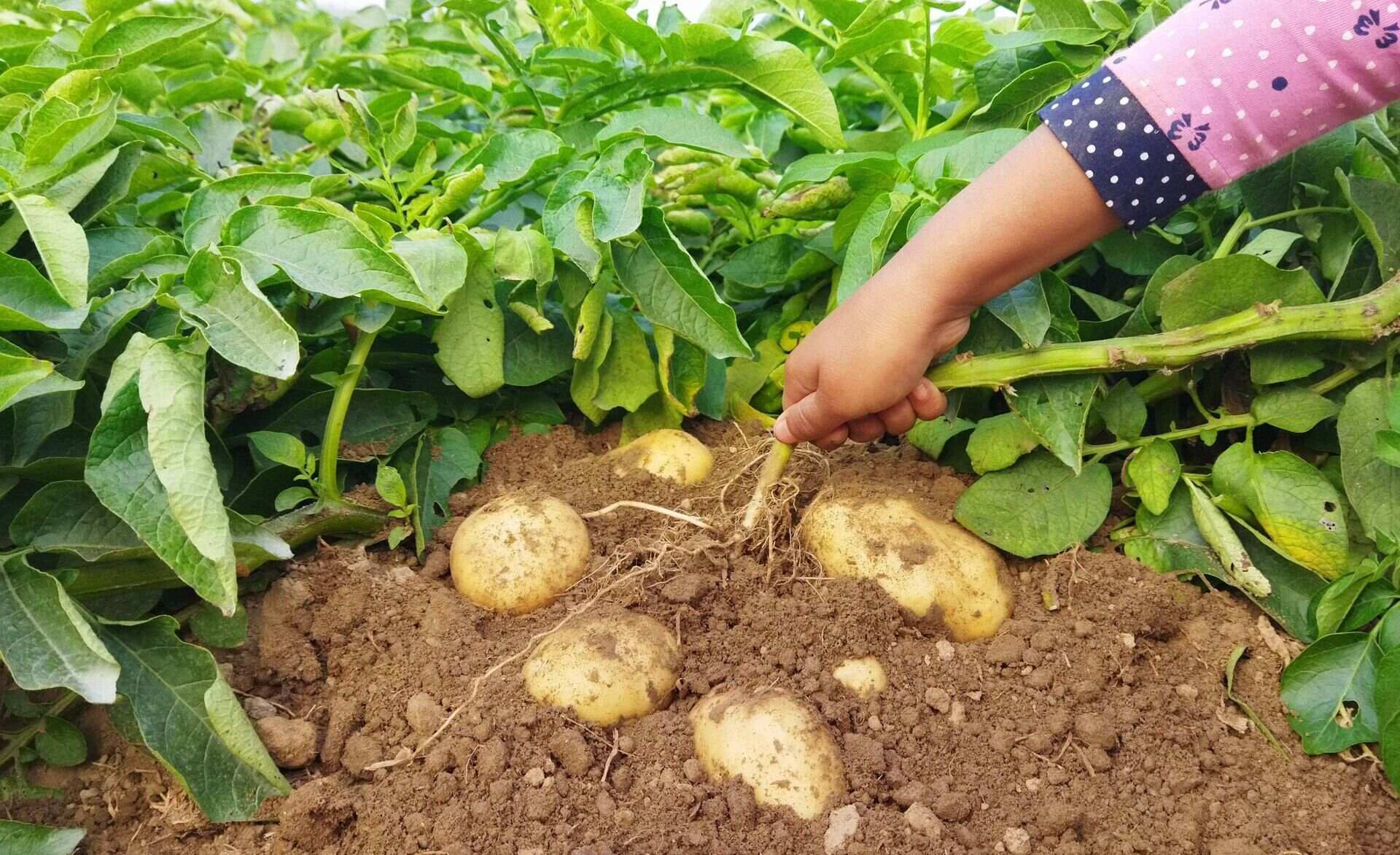

Garden Essentials
How Many Potatoes Per Seed Potato
Modified: March 24, 2024
Learn how many potatoes you can harvest from each seed potato in your garden. Get expert tips and maximize your potato yield.
(Many of the links in this article redirect to a specific reviewed product. Your purchase of these products through affiliate links helps to generate commission for Storables.com, at no extra cost. Learn more)
Introduction
When it comes to growing potatoes, one of the key considerations for gardeners is figuring out how many potatoes they can expect to harvest from each seed potato planted. Understanding the factors that influence potato yield and adopting the appropriate planting techniques can significantly impact the final harvest. In this article, we will explore the factors affecting the number of potatoes per seed potato and provide helpful tips to optimize yield.
There are several variables that influence potato yield. These include the variety of potatoes being grown, the spacing between seed potatoes, planting techniques, and proper harvesting and storage practices. By understanding these factors and implementing the right strategies, gardeners can increase the productivity of their potato plants.
So, if you’re curious about how many potatoes you can expect to get from each seed potato, keep reading for valuable insights and recommendations!
Key Takeaways:
- Proper spacing, soil fertility, and variety selection are crucial for maximizing potato yield. Implementing planting techniques and proper storage can help achieve a bountiful harvest.
- Understanding factors like seed quality, spacing, and pest management can optimize potato yield. Employing recommended planting techniques and storage considerations contributes to a successful harvest.
Read more: How Many Sunflower Seeds Per Plant
Factors Affecting Potatoes per Seed Potato
Several factors influence the number of potatoes that can be harvested from each seed potato. By understanding and optimizing these factors, gardeners can maximize their potato yield. Here are the key factors to consider:
- Seed Potato Quality: The quality of the seed potato is crucial in determining the yield. Using healthy and disease-free seed potatoes from a reputable source ensures that the plants will have a strong start and produce a good number of tubers.
- Variety: Different potato varieties have varying yields. Some varieties are known for their high productivity, while others may produce fewer potatoes but of higher quality. Research and choose a variety that aligns with your yield preference and flavor preference.
- Spacing: The spacing between seed potatoes plays a significant role in determining the number of potatoes per plant. Providing enough space allows the plants to develop a robust root system, access nutrients efficiently, and have enough room to produce tubers. Ensure that the recommended spacing guidelines for the specific variety are followed.
- Soil Fertility: Potatoes thrive in well-drained, fertile soil. The soil should be rich in organic matter and provide adequate nutrients for plant growth. Conduct a soil test to determine its fertility and make any necessary amendments to optimize the conditions for healthy tuber development.
- Watering and Irrigation: Consistent and adequate watering throughout the growth cycle is crucial for potato yield. Irrigate regularly, ensuring that the soil remains evenly moist but not waterlogged. Inadequate watering can result in small and stunted tubers, while excessive moisture can lead to diseases and rot.
- Temperature and Growing Season: Potatoes thrive in cool climates and prefer temperatures around 60-70°F (15-21°C). They have specific growing seasons and perform best when planted at the appropriate time. Ensure that you plant your seed potatoes at the recommended time for your region to optimize yield.
- Pest and Disease Management: Effective pest and disease management practices are vital to preserving the health and yield of potato plants. Monitor for common pests like aphids, potato beetles, and fungal diseases like late blight. Employ natural or chemical controls as necessary to protect your crop.
By considering and addressing these factors, you can create optimal conditions for your potato plants, maximizing the number of potatoes per seed and ultimately achieving a bountiful harvest.
Ideal Spacing for Seed Potatoes
Proper spacing is essential for maximizing the yield of seed potatoes. When seed potatoes are planted too closely together, they compete for resources such as sunlight, water, and nutrients. This can result in smaller potatoes or even fewer potatoes overall. Conversely, planting seed potatoes too far apart can lead to wasted space in the garden.
The specific spacing recommendations for seed potatoes can vary depending on the variety being grown and the growing conditions. However, as a general guideline, it is recommended to space seed potatoes approximately 12-15 inches (30-38 cm) apart in rows. Rows should be spaced 2-3 feet (60-90 cm) apart.
The wider spacing between rows provides ample room for the plants to grow and allows for proper airflow and sunlight penetration, reducing the risk of pest and disease issues. The distance between individual seed potatoes ensures that they have enough space to develop a strong root system and produce an adequate number of tubers.
When planting seed potatoes, it is important to place them with the eyes facing upwards, about 4-6 inches (10-15 cm) deep into the soil. Cover the seed potatoes loosely with soil, and as the plants grow, continue to hill up the soil around the stems to promote better root development and increased tuber production.
In addition to proper spacing, it is also crucial to provide adequate irrigation and nutrition to the potato plants. Regularly water the plants, ensuring that the soil remains consistently moist but not waterlogged. Additionally, fertilize the plants with a balanced fertilizer or compost to provide the nutrients they need for healthy growth and tuber development.
By following the recommended spacing guidelines and providing the necessary care, you can optimize the potential yield of your seed potatoes. Remember to adjust the spacing accordingly if you are growing different potato varieties, as some may require slightly different spacing preferences. Happy planting!
Potato Varieties and Their Yield
When it comes to potato varieties, each one possesses unique characteristics, including their yield potential. Some varieties are known for their high productivity, producing a greater number of potatoes per plant, while others may prioritize size or flavor over quantity. Understanding the different potato varieties and their yield can help you make an informed decision when selecting which ones to grow in your garden.
Here are a few popular potato varieties known for their yield:
- Russet Burbank: Russet Burbank is a widely grown potato variety that is known for its high yield. It produces large, oblong-shaped potatoes with a dry and mealy texture, making them perfect for baking and frying.
- Kennebec: Kennebec potatoes are another high-yielding variety, favored for their versatility and disease resistance. They produce medium-sized, smooth-skinned potatoes that are ideal for boiling, mashing, and frying.
- Yukon Gold: Yukon Gold is a popular choice for its excellent yield and buttery flavor. It produces medium-sized, yellow-fleshed potatoes with thin, smooth skin. Yukon Gold is well-suited for baking, boiling, and roasting.
- Red Pontiac: Red Pontiac potatoes are known for their high yield and vibrant red skin. They have waxy flesh and are ideal for boiling, steaming, and using in potato salads.
- German Butterball: German Butterball is a heirloom variety that offers a good yield. It produces medium-sized, round potatoes with golden skin and buttery yellow flesh. Ideal for mashing and roasting.
It’s essential to consider your preferences and the intended use of the potatoes when selecting which varieties to grow. If you prioritize quantity, opt for high-yield varieties like Russet Burbank or Kennebec. On the other hand, if flavor and texture are your priority, you may choose a variety like Yukon Gold or German Butterball.
Additionally, proper planting techniques, as well as providing the right growing conditions and care, can further enhance the yield of your chosen potato varieties. Adequate spacing, regular watering, soil fertility management, and pest control will contribute to the overall productivity and quality of your potato plants.
Remember, every variety has its unique characteristics, and experimenting with different types can add variety to your meals and provide an interesting culinary experience. So, why not try growing a few different potato varieties in your garden and savor the flavorful results?
Plant one seed potato per 12-inch pot or 10 square feet of garden space. Each seed potato will produce multiple potatoes, so you don’t need many to start with.
Planting Techniques for Optimum Yield
To achieve optimum yield when growing potatoes, it is crucial to employ proper planting techniques. The way you plant your seed potatoes can significantly impact the development of the plants and the number of potatoes you can harvest. Here are some planting techniques to consider:
- Choosing the Right Seed Potatoes: Select high-quality seed potatoes from a reliable source. Look for certified disease-free potatoes to ensure healthy plants and maximize yield.
- Preparing the Soil: Prior to planting, prepare the soil by removing any weeds and loosening it to a depth of around 8-10 inches (20-25 cm). Incorporate organic matter, such as compost or well-rotted manure, to improve soil fertility and structure.
- Spacing: Plant your seed potatoes with adequate spacing to allow for proper growth. As mentioned earlier, space the seed potatoes approximately 12-15 inches (30-38 cm) apart in rows, with rows spaced 2-3 feet (60-90 cm) apart. This spacing ensures that each plant has enough room to develop a strong root system and produce abundant tubers.
- Planting Depth: Plant your seed potatoes at a depth of about 4-6 inches (10-15 cm) in the soil. This depth offers protection and encourages strong root growth. Place the seed potatoes with the eyes facing upwards.
- Hilling: As the potato plants grow, practice hilling by gradually adding soil to the base of the plants. This helps to support the plants, encourages additional root development, and increases the yield of tubers. Hilling also prevents green potatoes by ensuring they are covered and protected from sunlight exposure.
- Mulching: Apply a layer of organic mulch around the potato plants once they have emerged from the soil. Mulching helps to conserve moisture, suppress weeds, and maintain a more stable soil temperature.
- Watering: Provide consistent and adequate water to your potato plants throughout the growing season. The soil should remain evenly moist, but be careful not to overwater, as excessive moisture can lead to diseases and rot.
- Fertilization: Potatoes require regular fertilization for optimal growth and yield. Prior to planting, incorporate a balanced fertilizer or organic matter into the soil. Supplement with additional fertilization throughout the growing season as needed, following the manufacturer’s instructions.
- Pest and Disease Management: Implement proactive measures to protect your potato plants from pests and diseases. Regularly monitor for common pests like aphids and potato beetles. Employ organic or chemical controls as necessary, following recommended guidelines. Additionally, practice crop rotation to minimize the risk of soil-borne diseases.
By following these planting techniques, you can create an environment that promotes healthy potato growth and maximizes yield. Remember to adapt these techniques to specific growing conditions and potato varieties to achieve the best results. Happy planting!
Read more: How Many Potatoes Grow From One Seed Potato
Harvesting and Storage Considerations
After putting in the hard work of growing potatoes, it’s essential to know when and how to harvest them for optimal yield and quality. Proper harvesting and storage practices contribute to maintaining the freshness and taste of your potatoes for an extended period. Here are some considerations to keep in mind:
- Timing: Potatoes are typically ready for harvest when the foliage starts to yellow and die back. This is an indication that the potatoes have reached maturity. Harvesting too early can result in underdeveloped potatoes, while harvesting too late can lead to rot.
- Harvesting Techniques: Use a garden fork or shovel to carefully dig up the potato plants, being careful not to damage the tubers. Start from the outer edges and gently work your way towards the center. Avoid cutting or bruising the potatoes during the harvesting process.
- Drying and Curing: Once harvested, allow the potatoes to dry and cure in a well-ventilated area for a week or two. This process toughens the skins and improves the storage quality of the tubers.
- Storage Conditions: Store your potatoes in a cool, dark, and well-ventilated location. They prefer temperatures between 40-50°F (4-10°C) to prevent sprouting and slow down the rate of decay. Avoid exposure to sunlight, as it can cause greening and the development of toxic solanine.
- Storage Containers: Choose storage containers that allow for airflow and prevent moisture buildup. Use burlap sacks, paper bags, or perforated plastic bags. Avoid using airtight plastic bags, as they can cause excessive moisture accumulation and spoilage.
- Inspecting and Sorting: Regularly inspect your stored potatoes for any signs of decay or spoilage. Remove any damaged or rotting potatoes to prevent the spread of diseases to healthy tubers. Sort the potatoes periodically to use the ones that show signs of sprouting first.
- Avoiding Storage with Certain Fruits: Keep potatoes away from fruits such as apples, bananas, and other ethylene-producing produce. Ethylene can accelerate the sprouting process in potatoes, affecting their storage life and quality.
- Freezing: Potatoes have a high water content, so they are not suitable for freezing in their raw form. However, you can blanch and freeze cooked potatoes for future use in soups, stews, or mashed potatoes.
By following these harvesting and storage considerations, you can prolong the shelf life of your potatoes and enjoy their delicious flavor well beyond the harvest season.
Remember, when storing potatoes, it’s essential to regularly check and use any sprouting or damaged tubers first and maintain the storage conditions to ensure their longevity. Enjoy the fruits of your labor throughout the year!
Conclusion
Growing potatoes in your garden can be a rewarding endeavor, and optimizing yield is a key goal for every gardener. By understanding the factors that affect potatoes per seed potato, implementing proper planting techniques, and practicing good harvesting and storage considerations, you can maximize the productivity and quality of your potato crop.
Factors such as seed potato quality, variety selection, spacing, soil fertility, watering, temperature, and pest management all play a crucial role in determining the yield of your potatoes. By paying attention to these factors and making necessary adjustments, you can create an environment that promotes healthy growth and abundant tuber production.
Proper spacing is an important consideration when planting seed potatoes. Providing enough space allows the plants to develop strong root systems and produce a greater number of tubers. Additionally, employing techniques like hilling, mulching, and regular fertilization helps to create favorable growing conditions for your potato plants.
When it comes to harvesting and storage, timing is key. Harvesting your potatoes at the right moment, allowing for proper drying and curing, and storing them in cool, dark, and well-ventilated conditions can extend their shelf life and preserve their flavor for an extended period.
Remember to regularly inspect and sort your stored potatoes, removing any damaged or sprouting tubers to maintain the overall quality of the harvest. Avoid storing potatoes with ethylene-producing fruits and consider freezing cooked potatoes for future use.
In conclusion, with a combination of proper planning, attention to detail, and the right techniques, you can achieve a bountiful harvest and enjoy the satisfaction of growing your own potatoes. So, get your garden ready, select your preferred potato varieties, and apply the knowledge and tips shared in this article to maximize your potato yield. Happy gardening!
Frequently Asked Questions about How Many Potatoes Per Seed Potato
Was this page helpful?
At Storables.com, we guarantee accurate and reliable information. Our content, validated by Expert Board Contributors, is crafted following stringent Editorial Policies. We're committed to providing you with well-researched, expert-backed insights for all your informational needs.
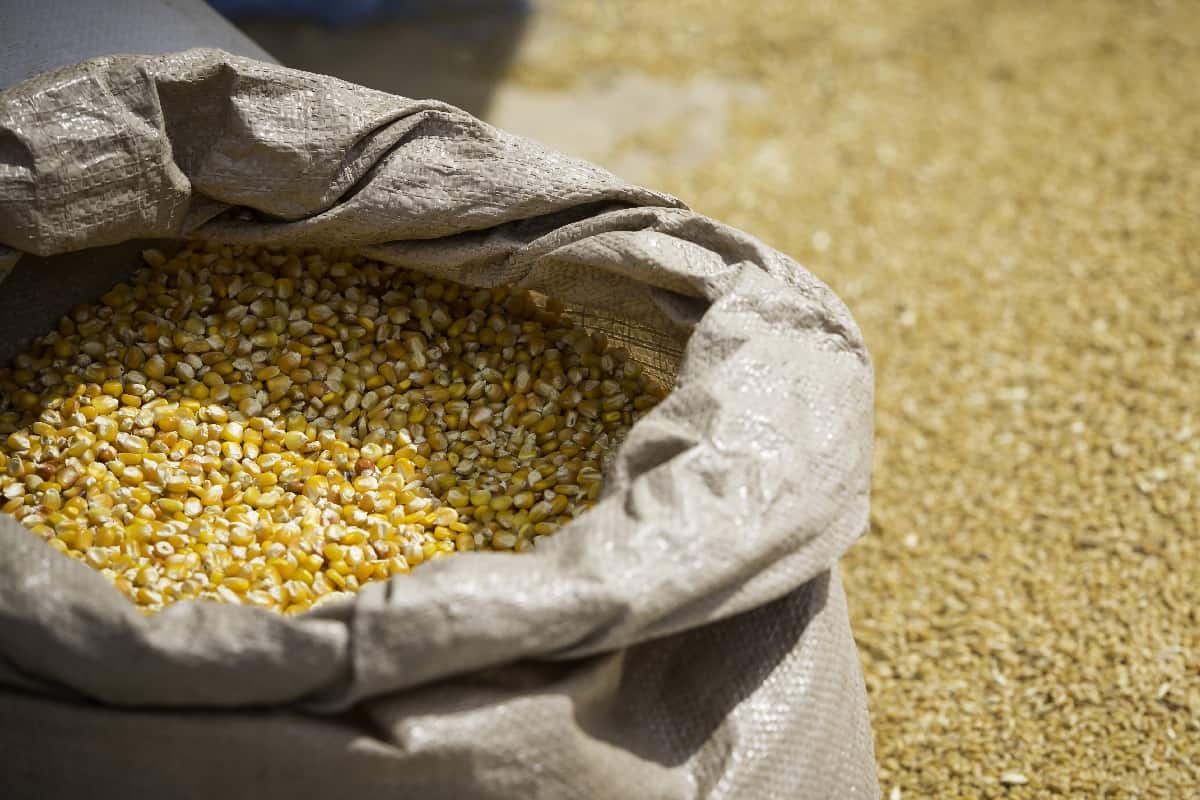
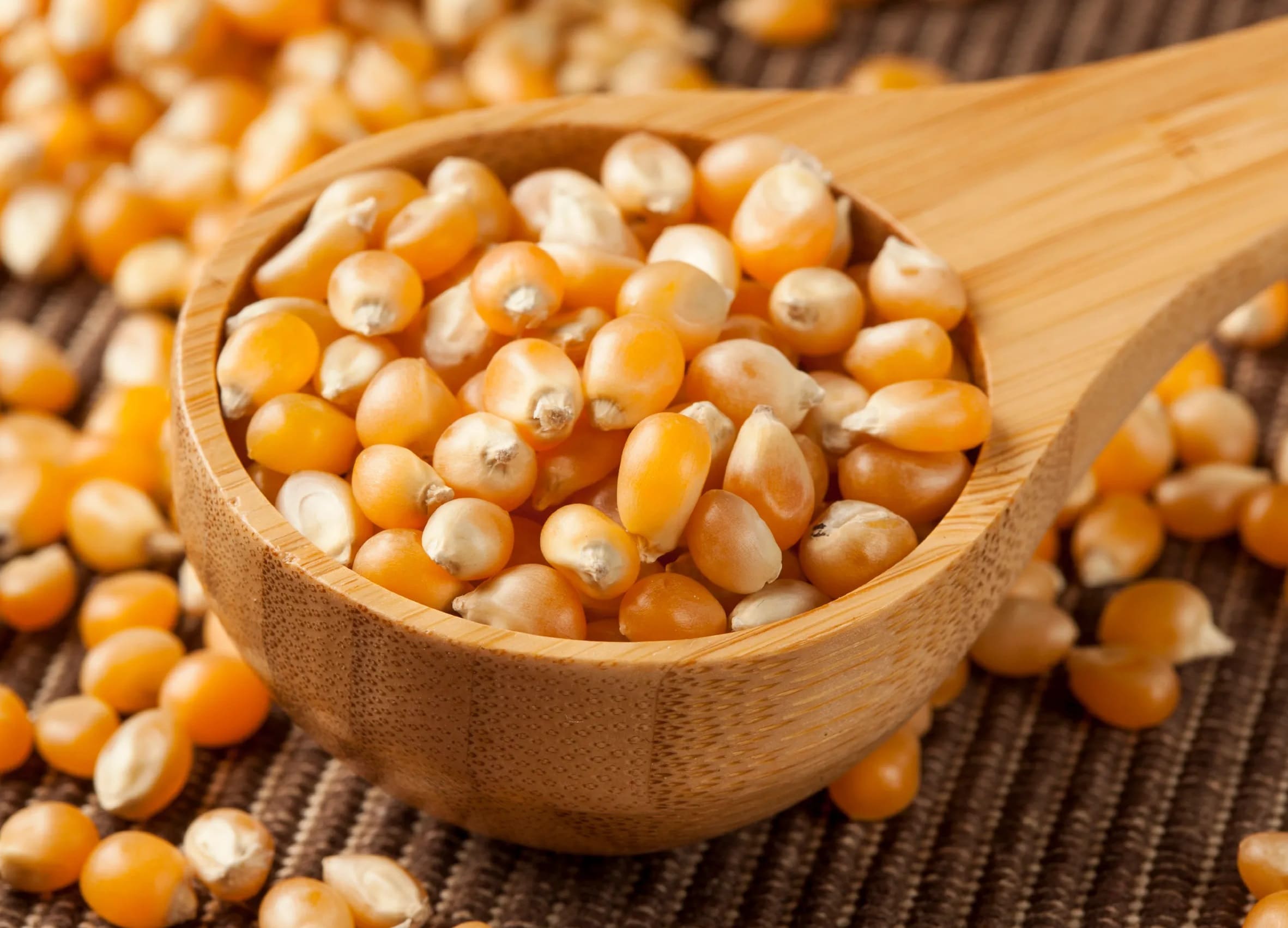
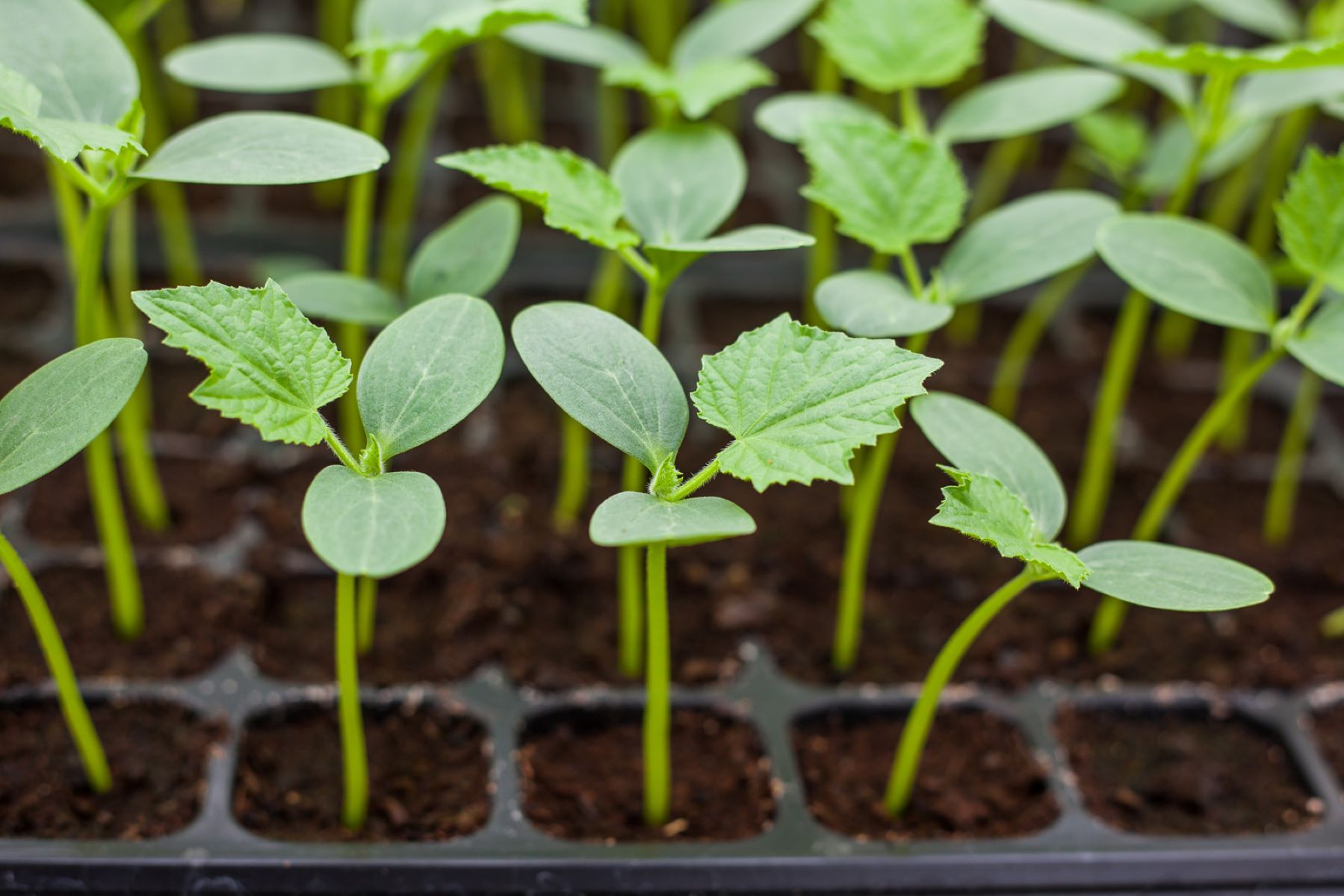
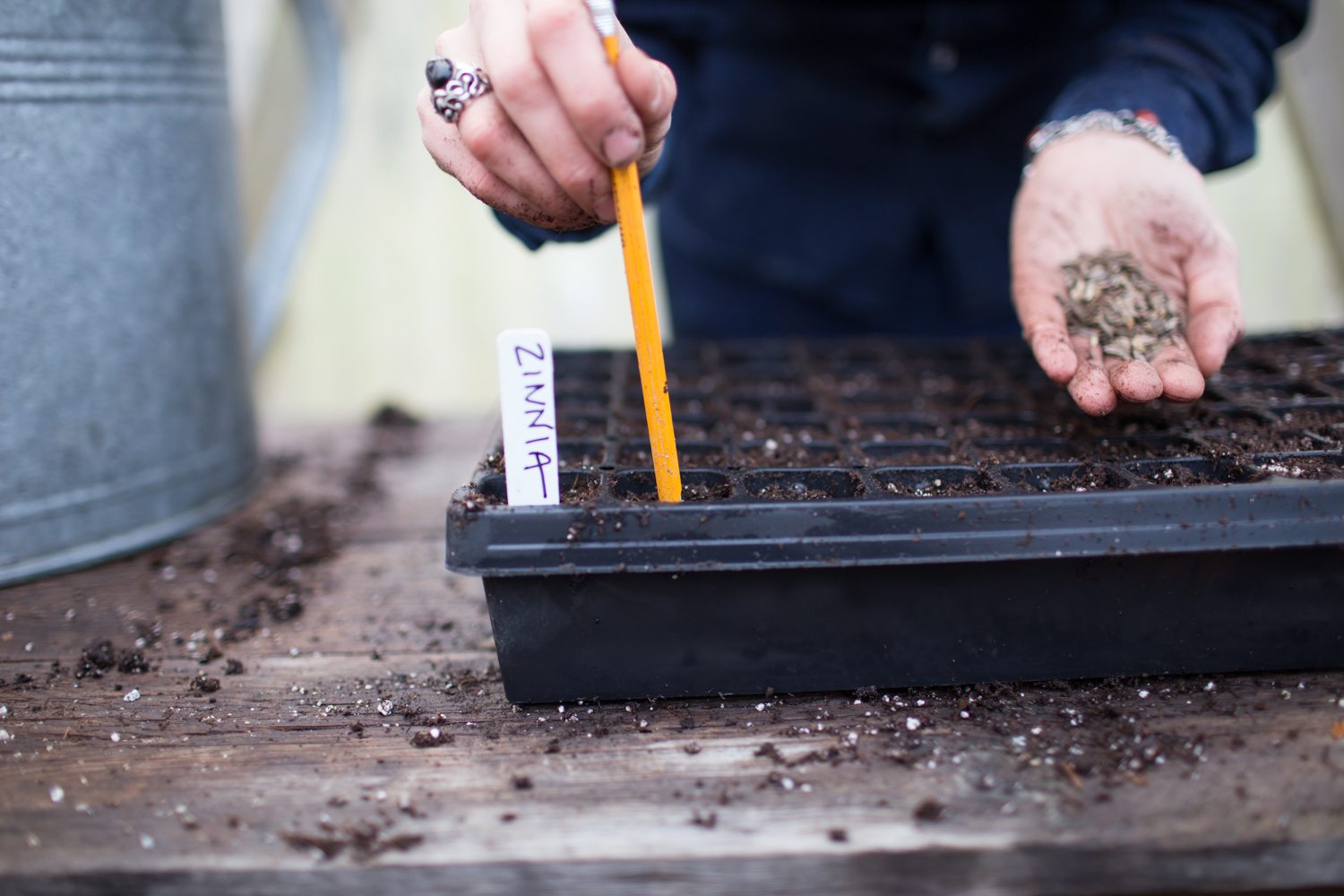
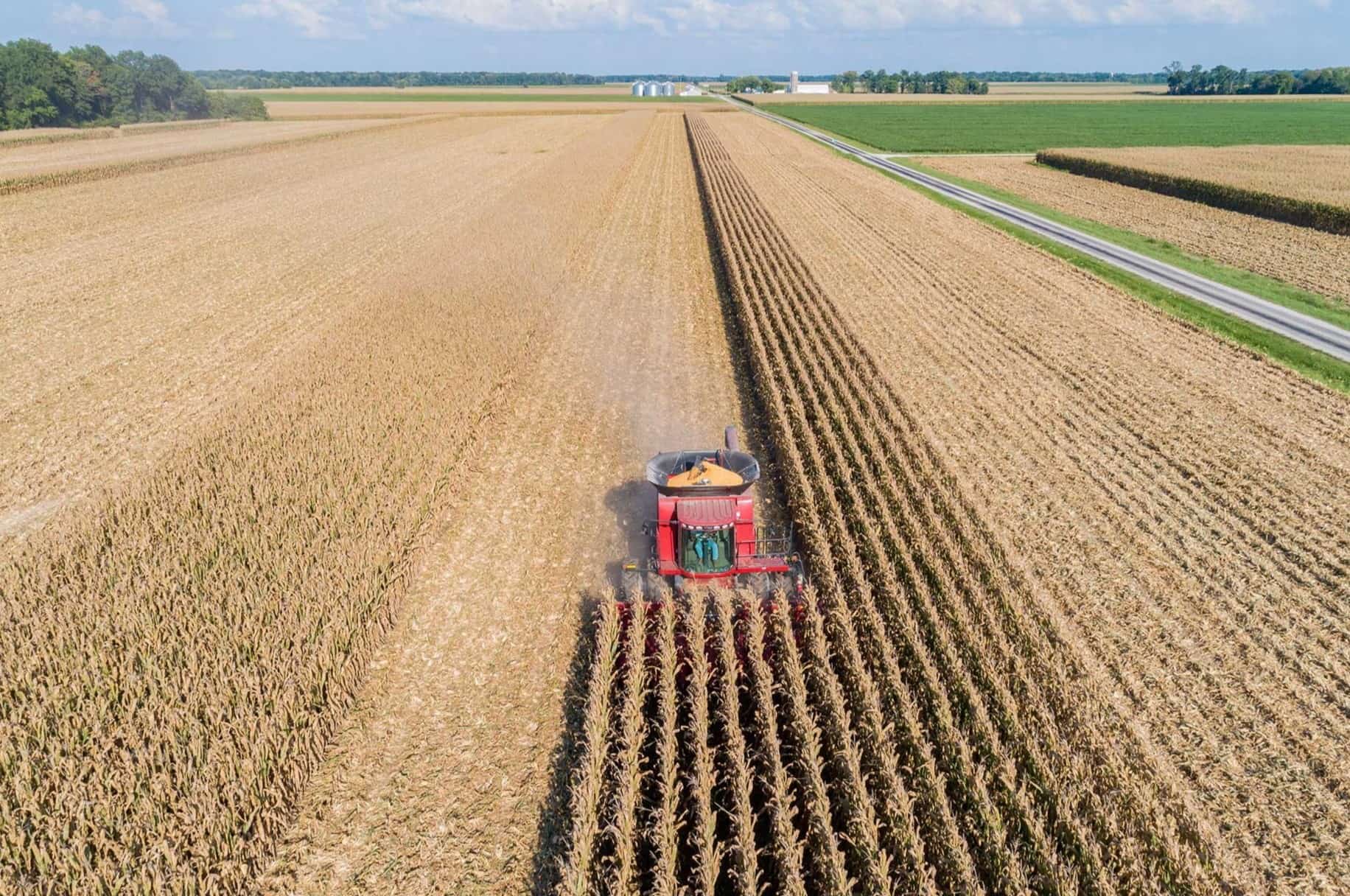
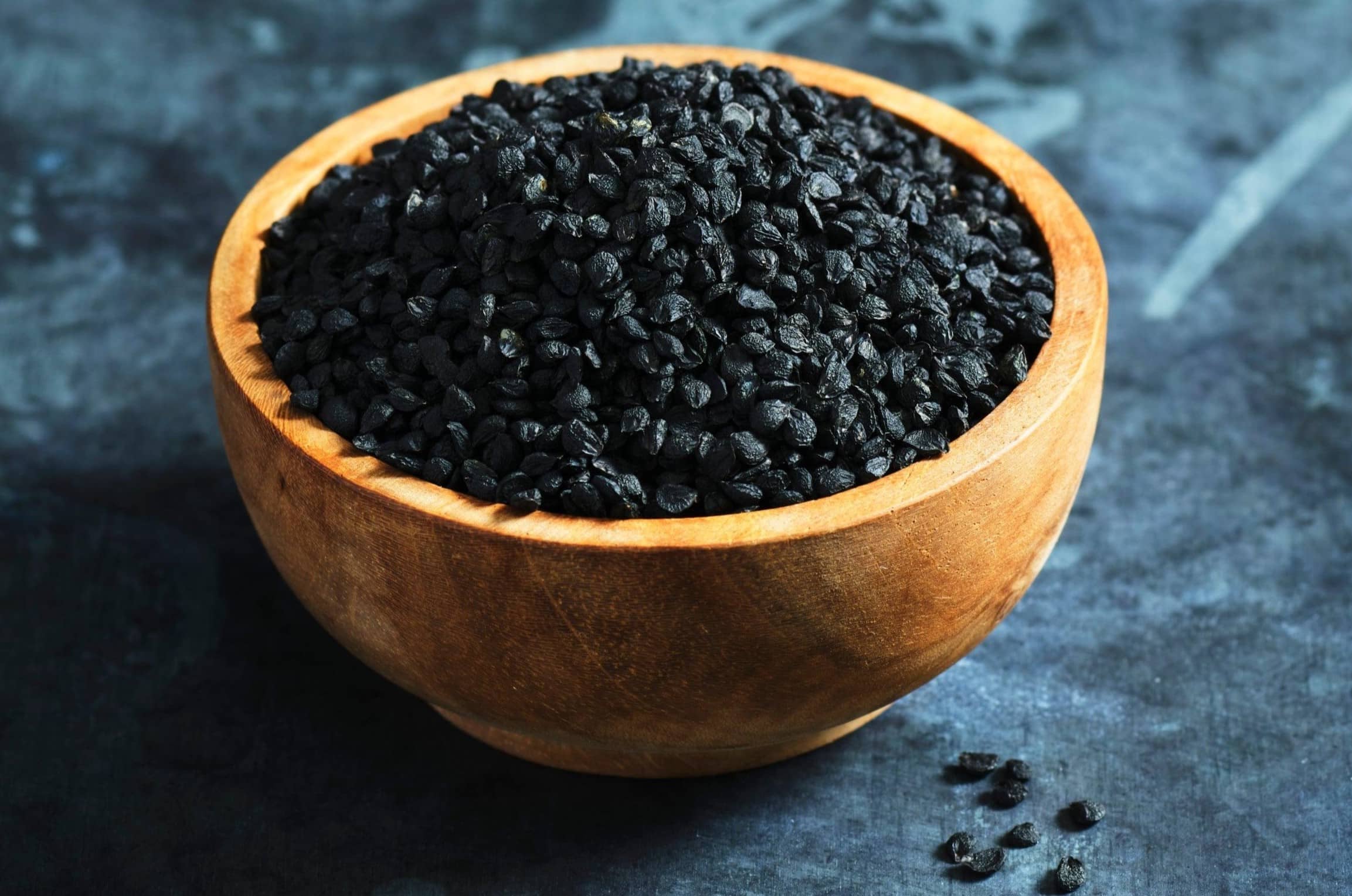
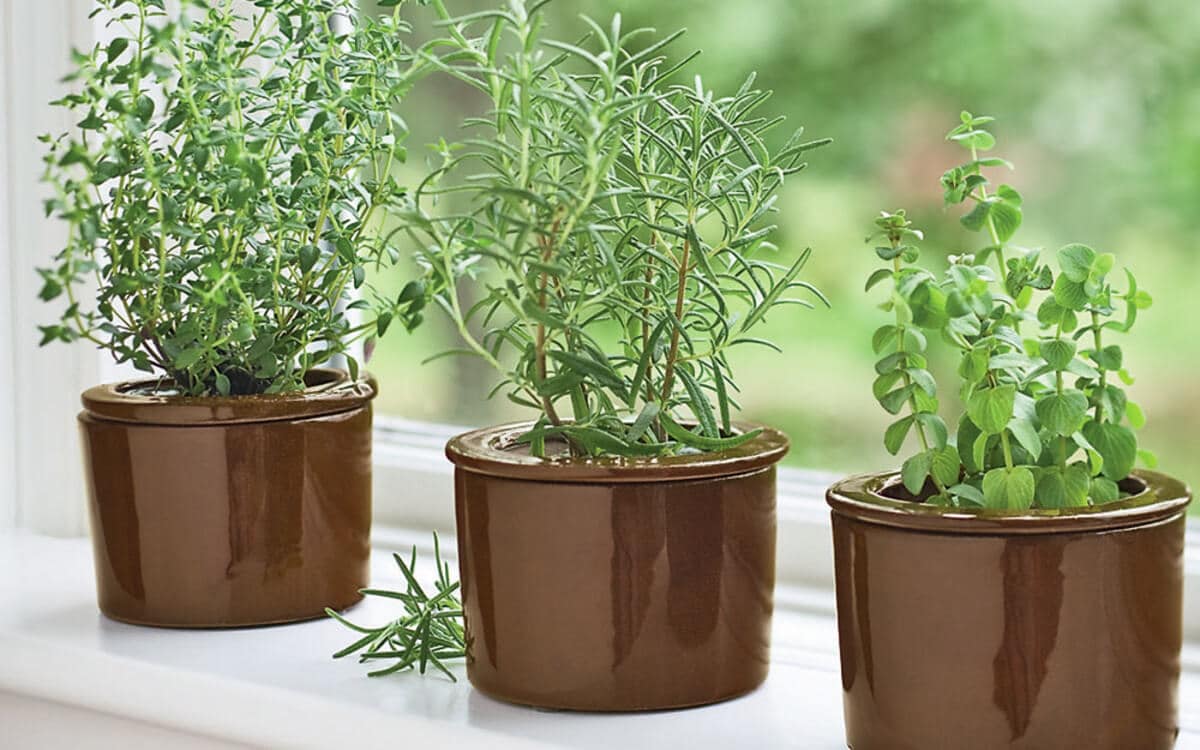
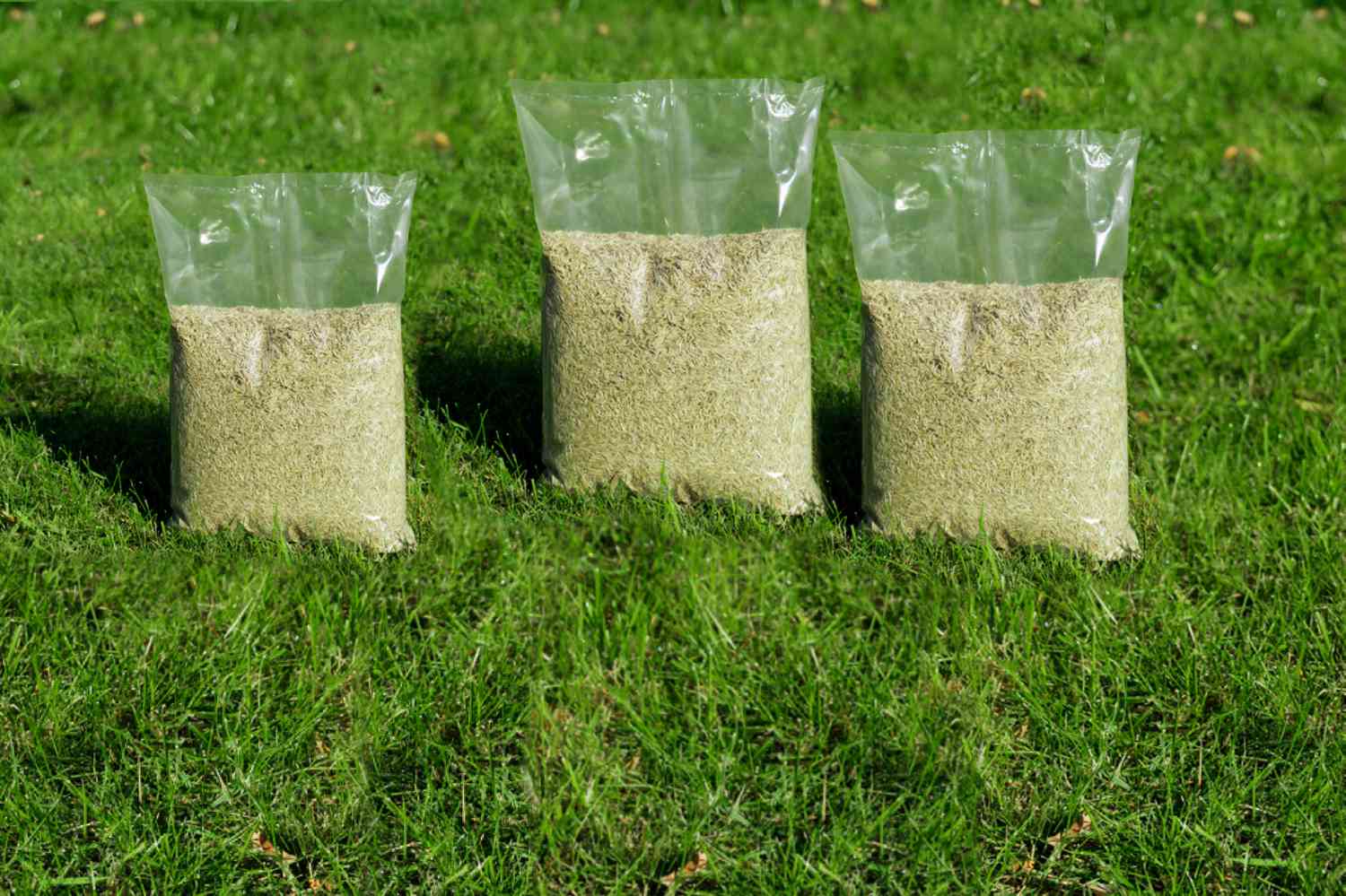
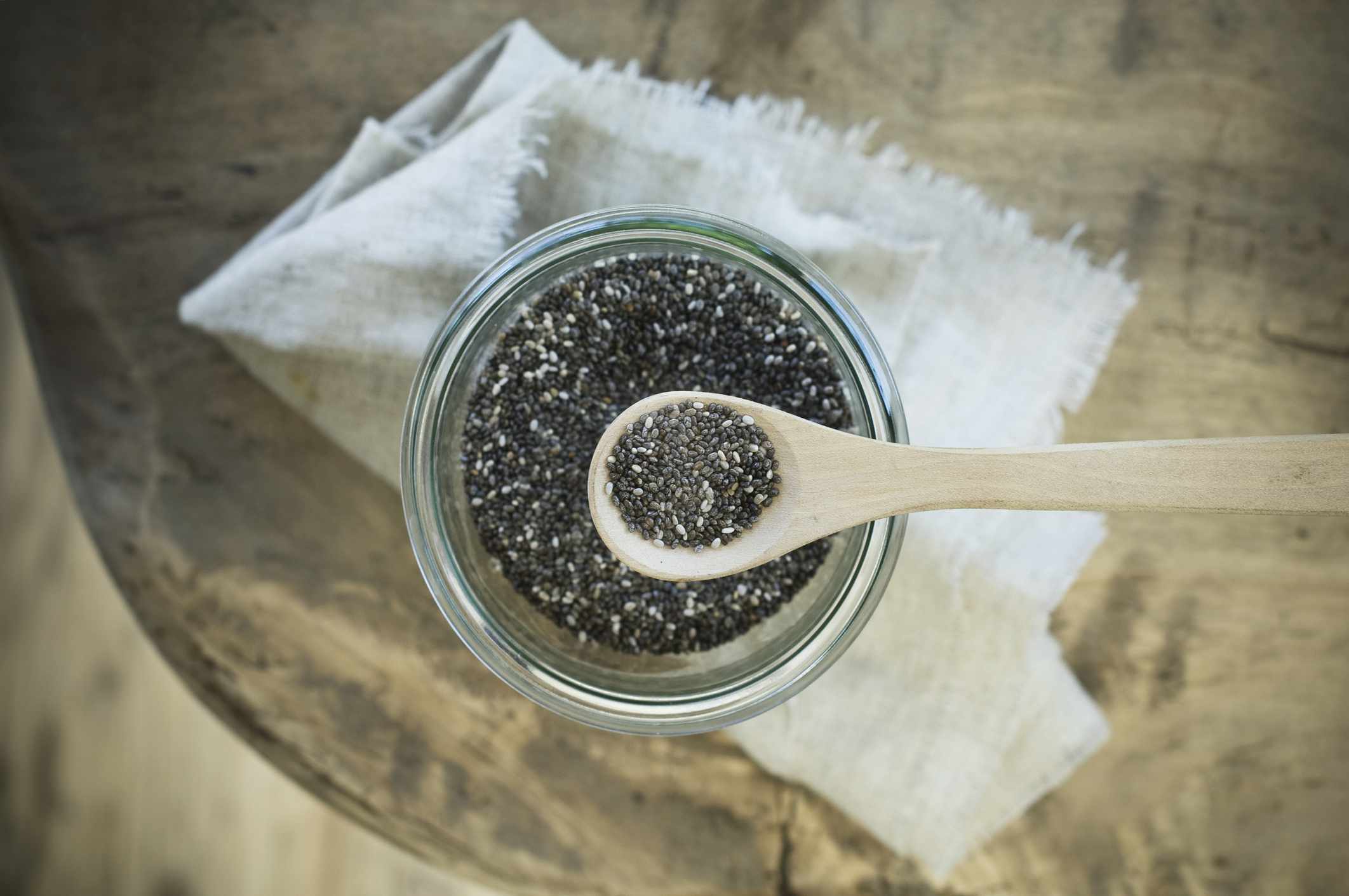
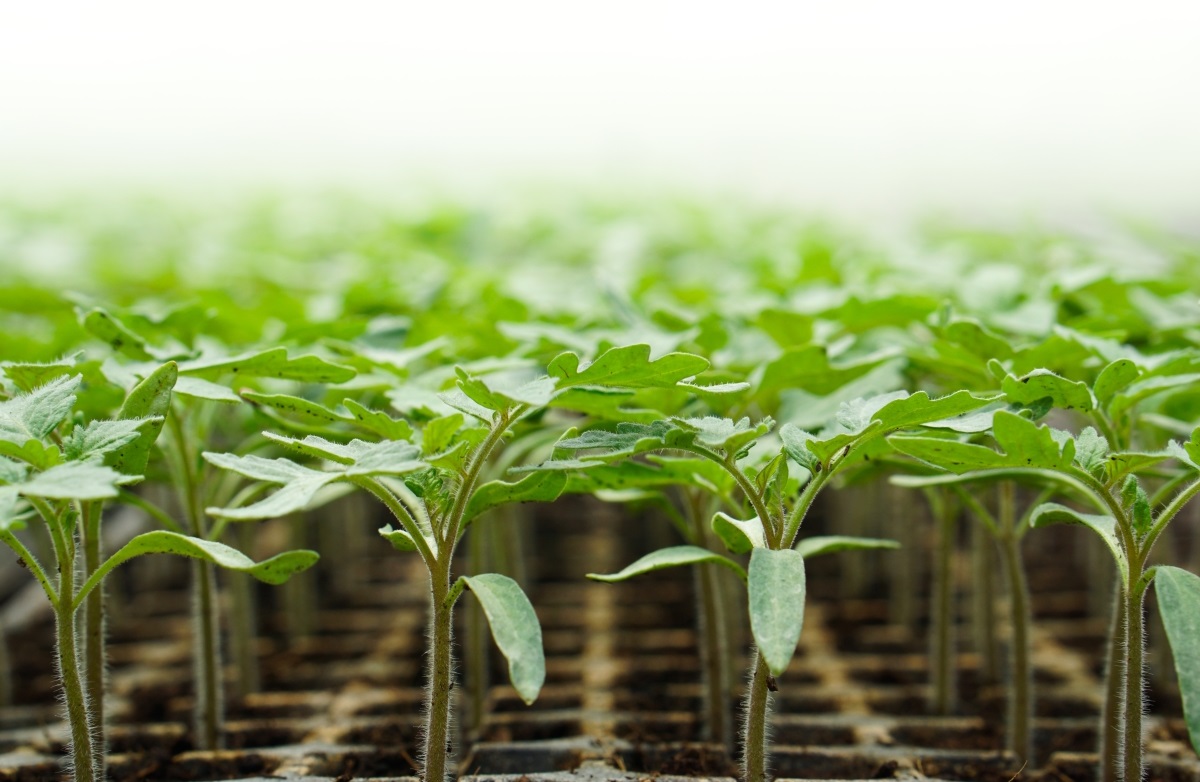
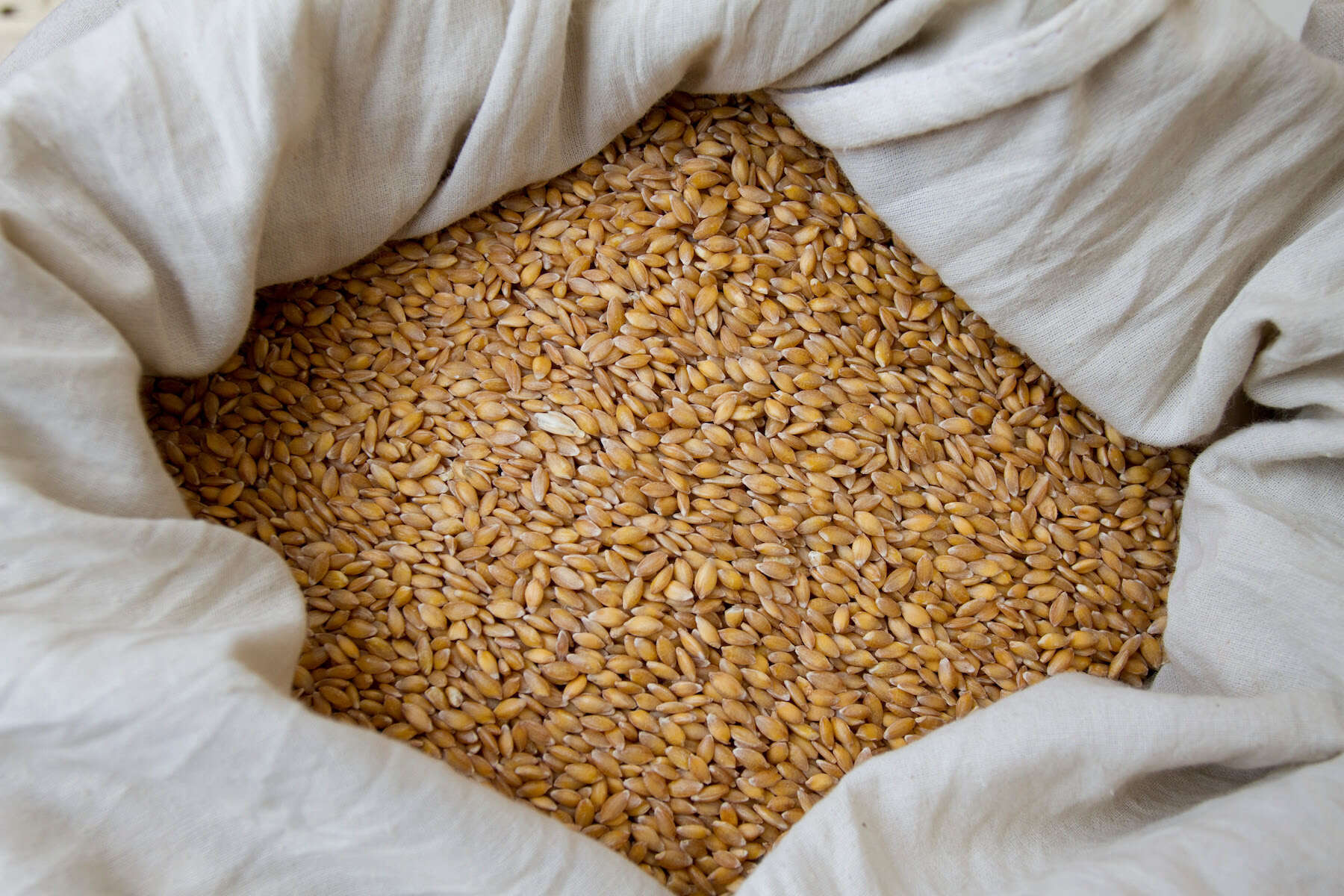
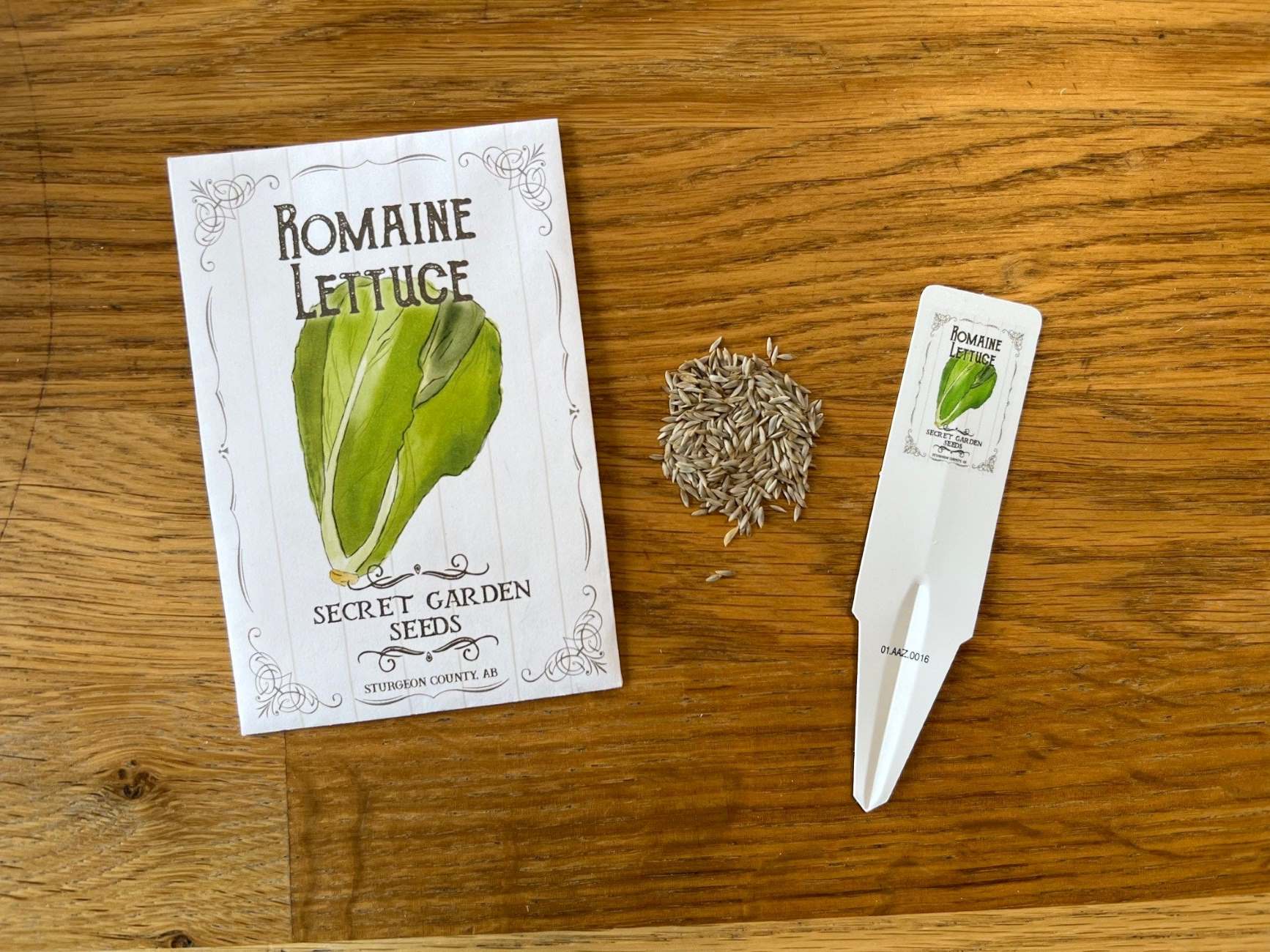
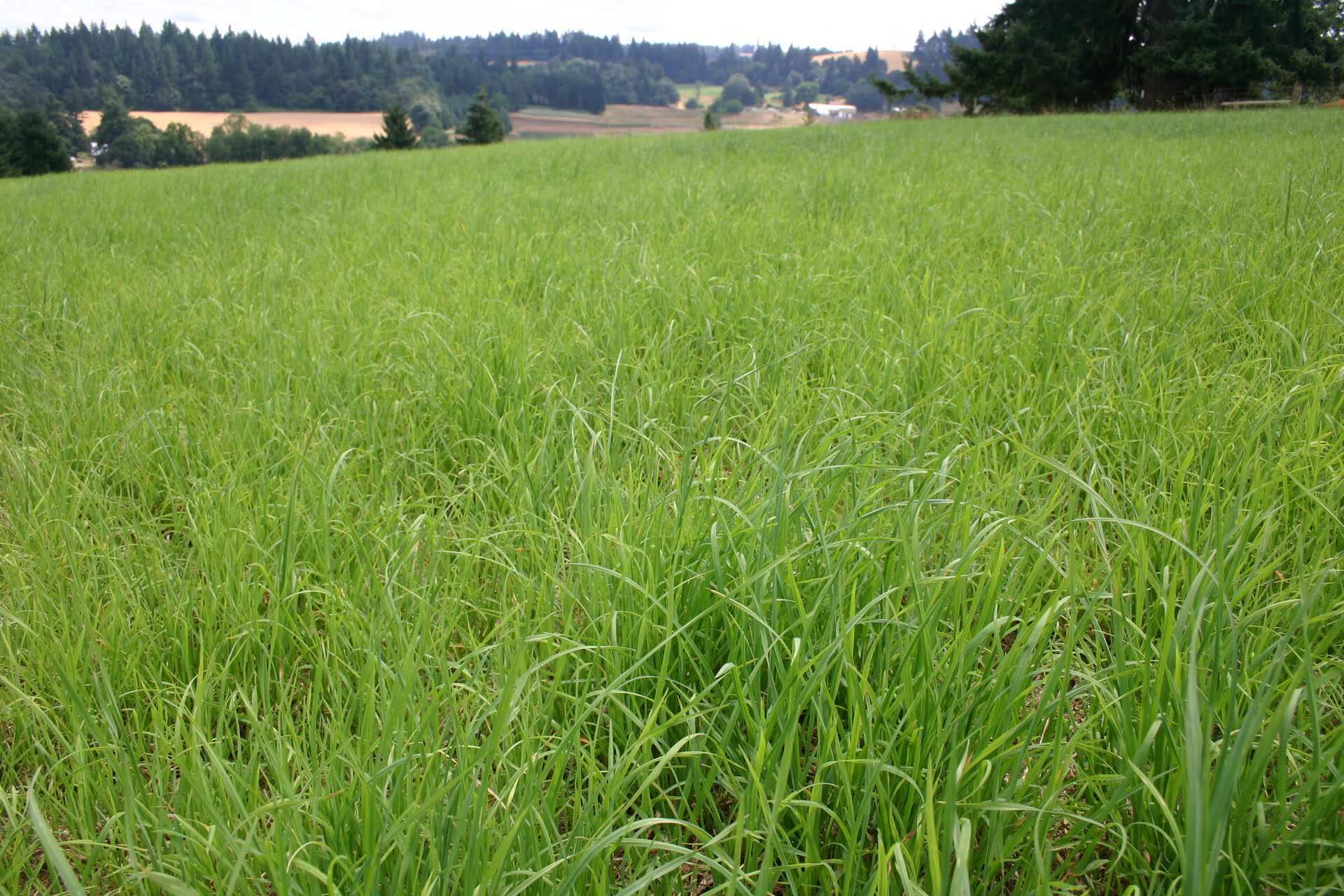


0 thoughts on “How Many Potatoes Per Seed Potato”